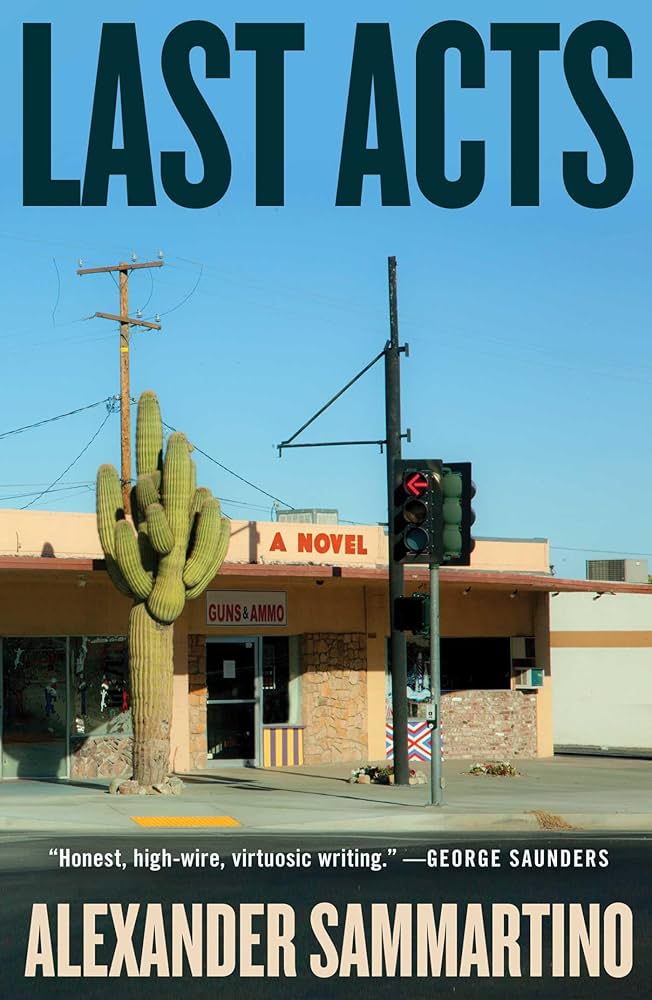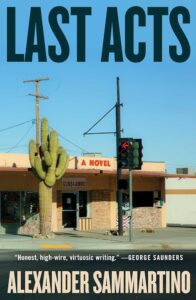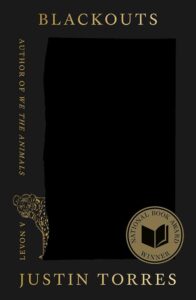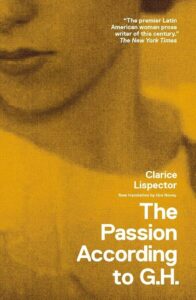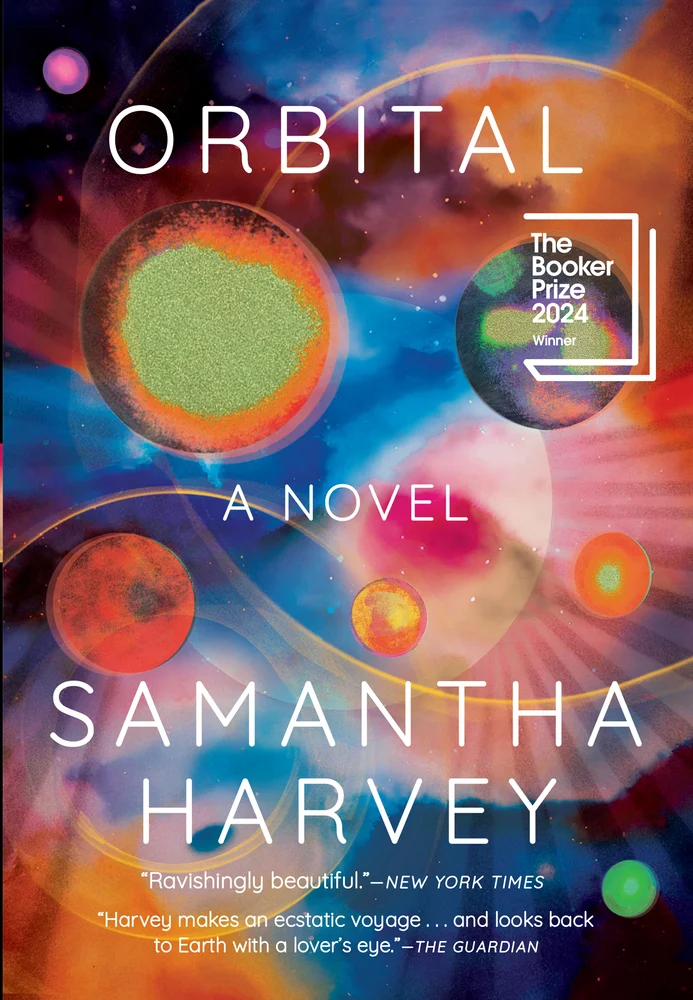Curated by SAM SPRATFORD
To kick off the autumn column, our contributors bring you three novels that invite unexpected encounters with time. A recommendation from former TC submissions reader SAMUEL JENSEN trains our sights on the future of the American dream; with LILY LUCAS HODGES, we unearth an artifact of historical erasure; and with HILDEGARD HANSEN, we finally transcend history through prose that gropes at the primordial core of life.
Alexander Sammartino’s Last Acts; recommended by Reader-Emeritus Samuel Jensen.
I picked up Alexander Sammartino’s debut novel, Last Acts, because of the cover. Seeing it at the book store, it was as if someone had walked up the road from my childhood home, aimed their camera across the arroyo, and snapped a picture. I’m from El Paso, Texas and Sammartino’s novel is set in Phoenix, Arizona—two very different places—but still: a sunbleached strip mall with a gun shop in it, burning under a merciless blue sky? It was like running into someone you’re not sure you wanted to see again.
Last Acts is a bowl-you-over kind of book. In the first few pages, gun store owner David Rizzo drives to pick up his son who has nearly died from an overdose. On the way, he is waylaid. Rizzo is always, somehow, waylaid. His truck breaks down. He gets back from his mile-long walk for coolant just in time to watch it be towed away. At the hospital, he’s stonewalled by busy nurses, told by a patient to tell Charlie Miniscus (whoever that is) to rot in hell, and conversationally stunlocked by an overeager medical supplies salesman before a janitor tells him his son is no longer in the building.
While reading, I found myself thinking about Josh and Benny Safdie’s 2019 film Uncut Gems, a film without a single truly quiet scene. People constantly scream over each other, tinny music blaring without cease, as we watch the characters make the worst possible decisions again and again. Last Acts is a similar cacophonic rush with a similarly tragic hero, all this driven by Rizzo’s voice, the novel’s most wonderful accomplishment. His endless, internal self-narrative has a striking poetry, one of a man trying desperately to convince himself that everything is going to be okay, that his son and failing business will be. And Last Acts too is a book of schemes. Rizzo and his son Nick quite literally have hope in their sights. In Sammartino’s world the American dream is played out in gun shops and the religious overtones of Nick’s near-death the father and son attempt to exploit for profit. Last Act’s commentary on American gun violence lifts the floorboards: we see how the tentacles are tangled down there, from national want, to symbol, to myth, to blood.
Still, what got into my heart most was the setting. The beauty of the desert is here, but I kept thinking about how often characters are simply smote by the heat. For hours they lounge on their couches, AC blasting. It is as though the Rizzos’ one-track ambitions are borne of heat, their brains cooked into one tragic idea, one lasting, stifling silence. I almost couldn’t help but read Last Acts as a climate change novel—when the whole country is as hot as a Phoenix summer, how will America think?
Justin Torres’ Blackouts; recommended by TC Online Contributor Lily Lucas Hodges
Blackouts starts from nothingness. The narrator, known only and affectionately as nene, journeys to reunite with Juan Gay, who he finds dying of old age. Nene wants to learn from Juan. Learn what? He doesn’t quite know, though Juan seems to. It’s an inheritance of sorts that Juan’s ready to pass down, if nene doesn’t mind telling Juan about his mother first. “Make it terrible,” Juan says, a playful demand that defines their desire to learn from each other. The back and forth that ensues is tender, at times campy, always seeped in flirtatious generosity, yet evasive and incomplete. This opening sets the tone well for the rest of the book: Justin Torres strings readers through Blackouts in a state of unresolved pleasure.
At the same time, Blackouts is about the effects of oppression. Both nene and Juan are queer and Puerto Rican. Their dialogue deconstructs these identities, exposing the ways medicine and empire made them into pathologies. And though Blackouts is a work of fiction, the subject of nene and Juan’s time together is a real-life document—Sex Variants: A Study of Homosexual Patterns, an infamous 1941 study by Dr. George W. Henry. This study started with the work of the real-life Jan Gay, who interviewed people in her queer community, before Dr. Henry erased the positive nature of Gay’s work and published it as a study of sexual “maladjustment.” In Blackouts, the reader only sees a redacted version, with black lines crossing out much of Dr. Henry’s version to create short erasure poems. This double silencing queers the old saying two wrongs don’t make a right: can two erasures make a truth? Can they reclaim authenticity, and can pathology be undone?
Blackouts is playful, it’s easy to read, and you enjoy the intergenerational compassion between Juan and nene. In the end, though, Blackouts is about our relationship to history: it insists that we cannot live without confronting the people who came before us or the institutions that defined us. It places you next to an elder on their death bed, confronting the choice between keeping this or that after they die, and evokes all of the moments where you’ve confronted yourself in similar ways. These moments are difficult and full of grief, but they’re also the moments where we’re dialectically the most alive.
Clarice Lispector’s The Passion According to G. H., trans. Idra Novey; recommended by TC Online Contributor Hildegard Hansen
After re-reading The Passion According to G. H., its atmosphere persists for weeks. G. H., a sculptor in Brazil, decides to deep clean the bedroom of her former maid. Inside the room, she crushes a cockroach in the door of a wardrobe and has a mystical experience. Now, reality forms in accordance. The person I formerly lived with moves out, and I inhabit this house alone for the first time, cleaning spaces I never considered mine. Insects visit me. One reason for this resonance, I think, is that this time I read the book aloud—first with the now-departed person, and thereafter, alone.
Reading aloud allows my mouth and my body to experience the intense physicality of this metaphysical book. It prevents me from unconsciously smoothing over the hard edges of the language, rendered from the Portuguese into English by Idra Novey: its recursivity, its cycling, its strained syntax. A mystical experience is exceedingly difficult to apprehend or communicate using language in its usual modes – impossible, even – and so Lispector and G. H. rely on unusual construction. As G. H. says (reflective also of my state writing this), “I only get eloquent when I err.”
These observations and unravelling understandings ground themselves in concrete and vast dilations of time and space. G. H.’s form has been drawn on the wall of a cave for three hundred thousand years. “Three thousand years ago,” she says, “I went astray, and what was left were phonetic fragments of me.” She sees, out the window, Rio’s cityscape, then the Strait of the Dardanelles, and beyond that the desert, the salt lakes, the first Assyrian merchants fighting for control of Asia Minor: the empire of the present, a dug-up future, remote ancient depths. “I was seeing, like someone who will never have to understand what she saw. As a lizard’s nature sees: without even having to remember afterward.” She sees that love is neutral, fierce neutrality. That the root of life has no human meaning: “a life so much greater that it does not even have beauty.”
For me, to read is often to go in search of something extremely specific but inarticulable, and to be dissatisfied if it is not there. In G. H., Lispector articulates it for me: “a kind of quaking happiness all over my body, a horrible happy unease in which my legs seemed to vanish, as always when the roots of my unknown identity were touched.” Or: “More than a star, today I want the thick and black root of the stars, I want the source that always seems dirty, and is dirty, and that is always incomprehensible.”
